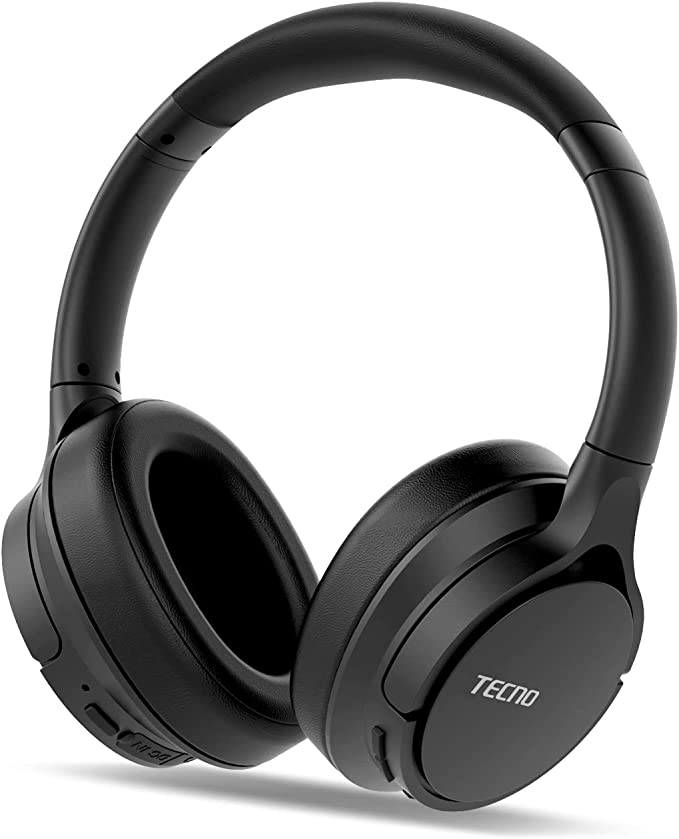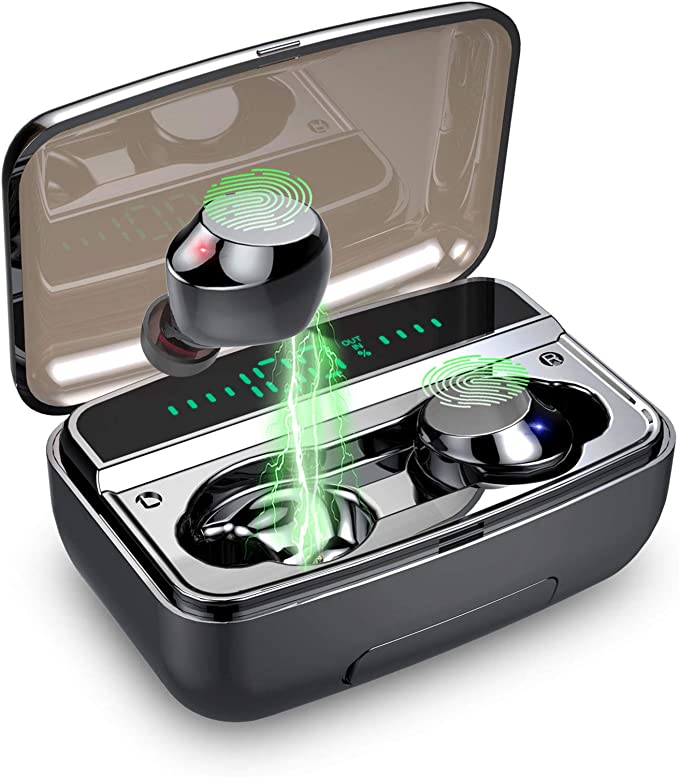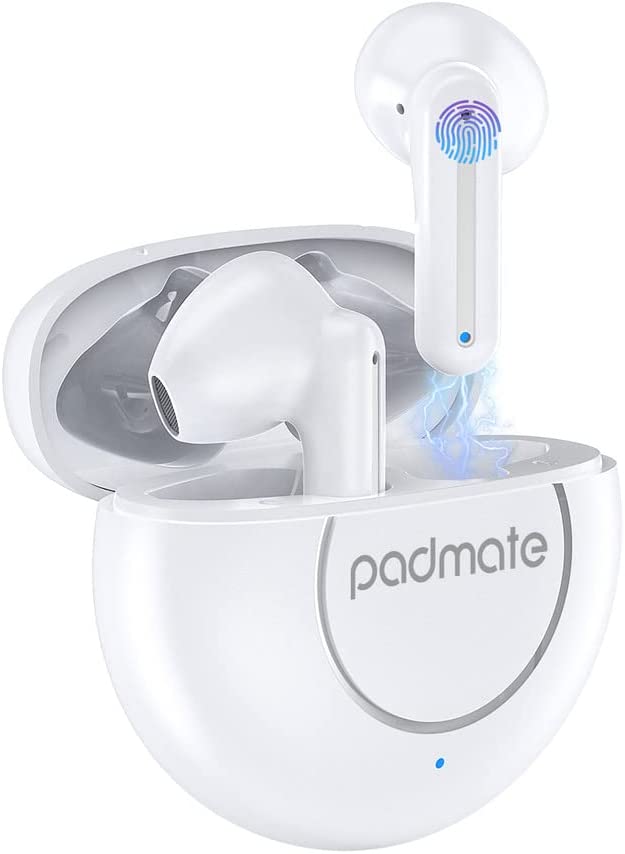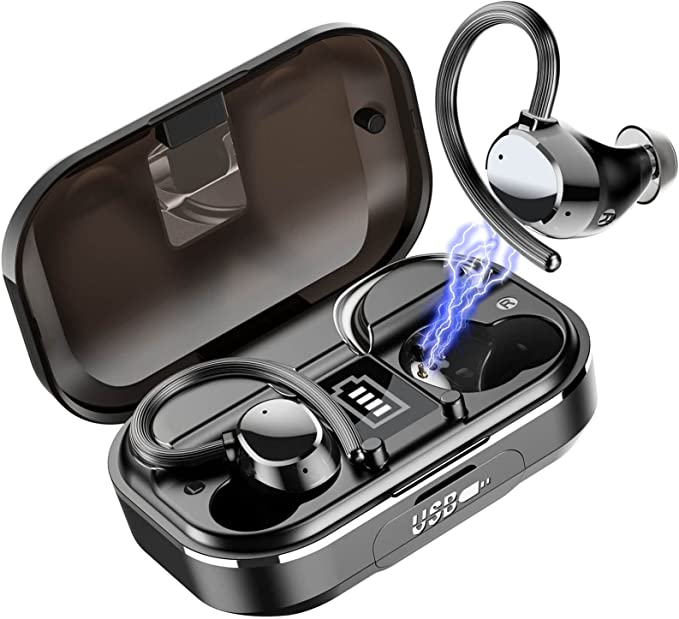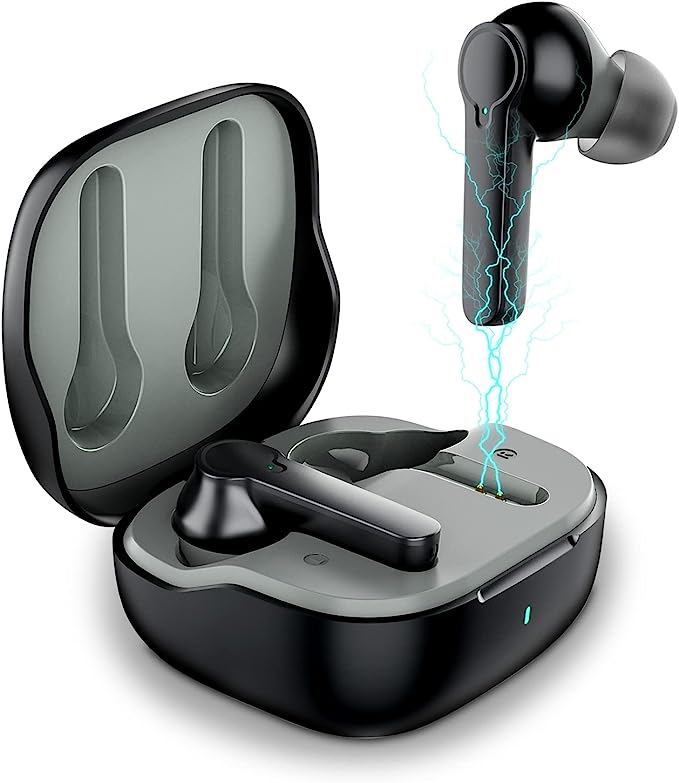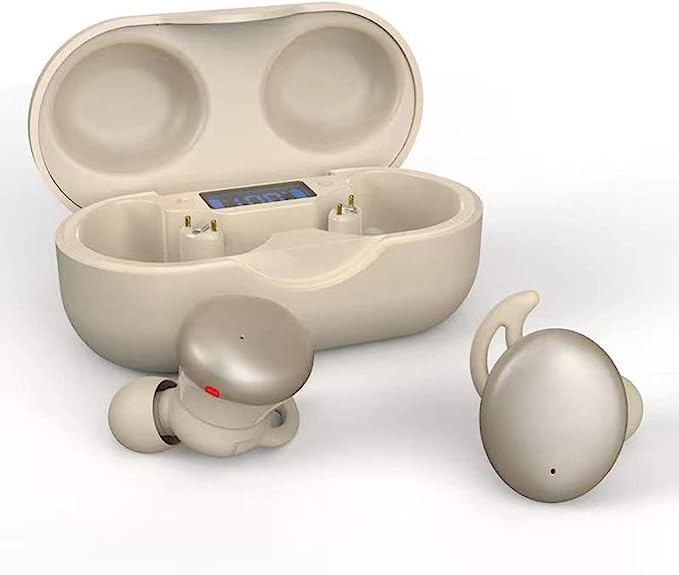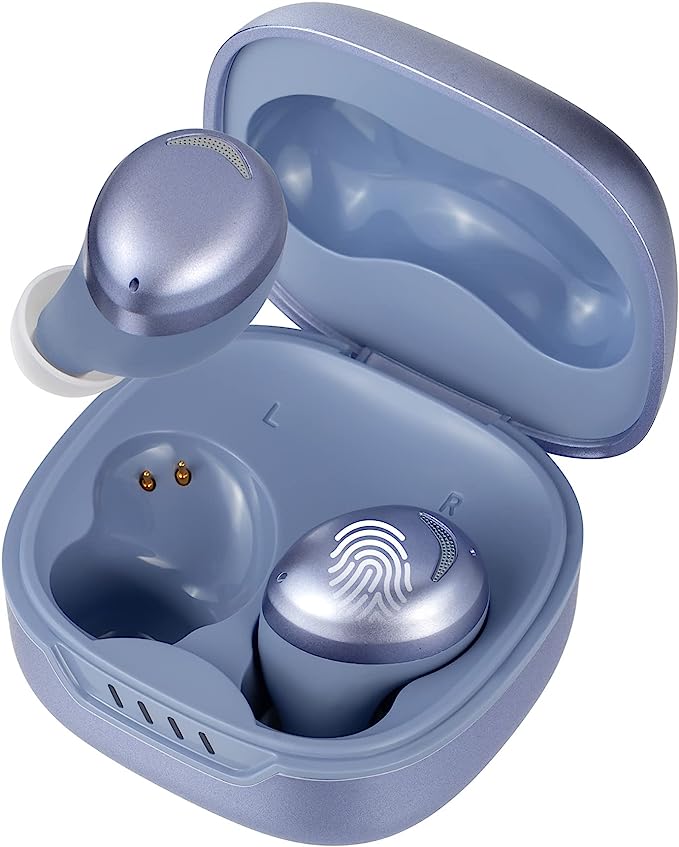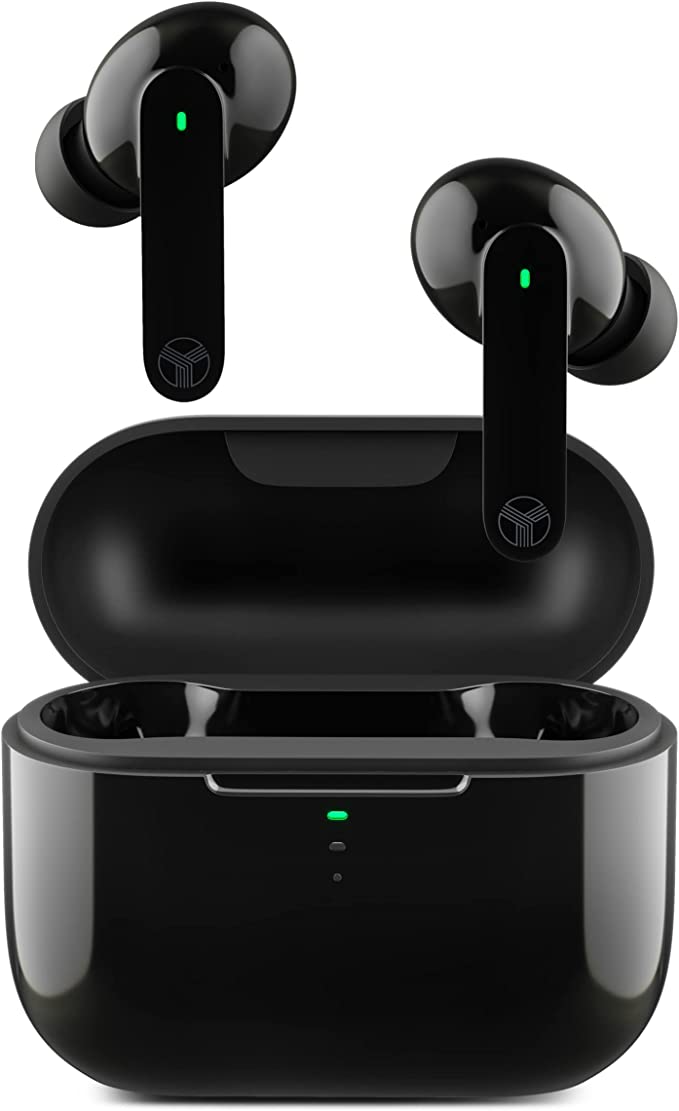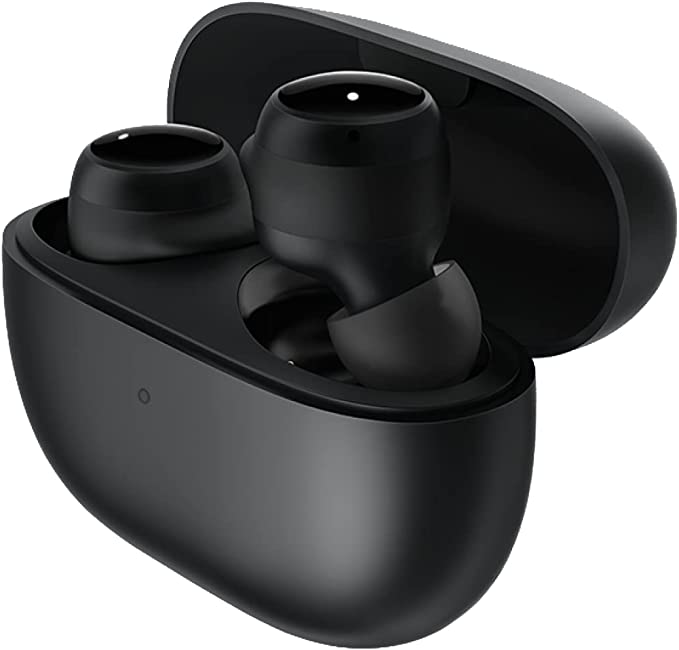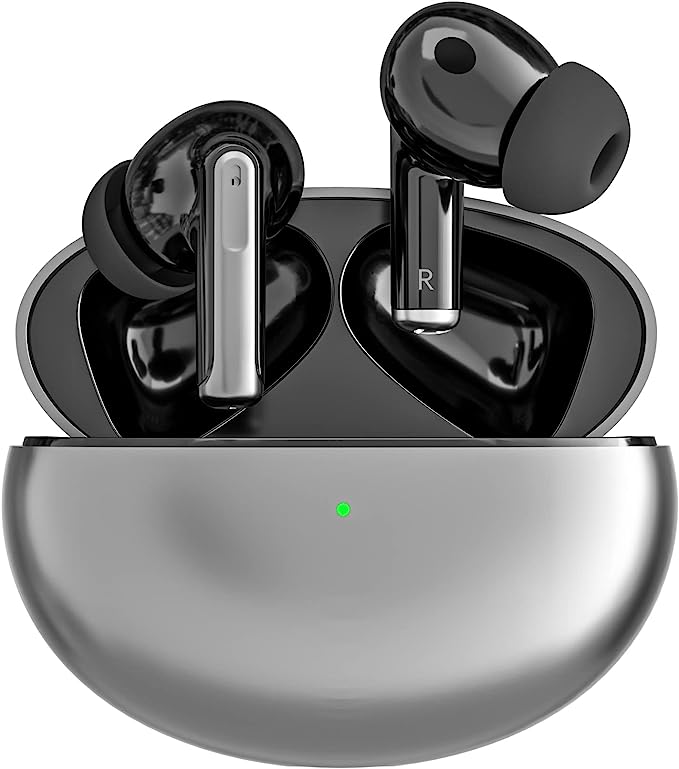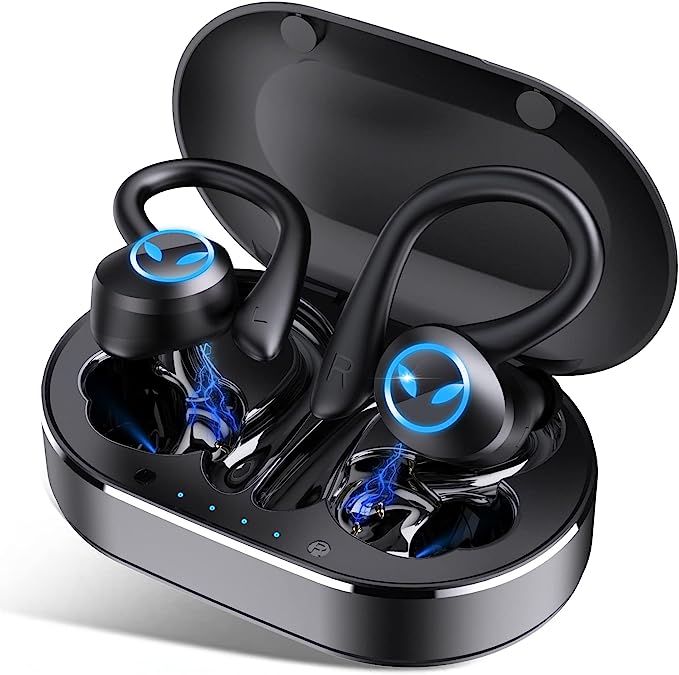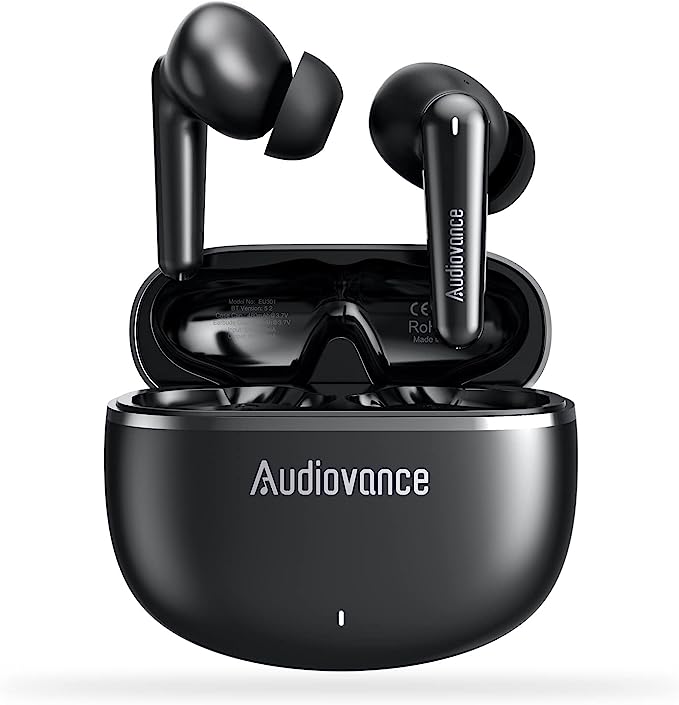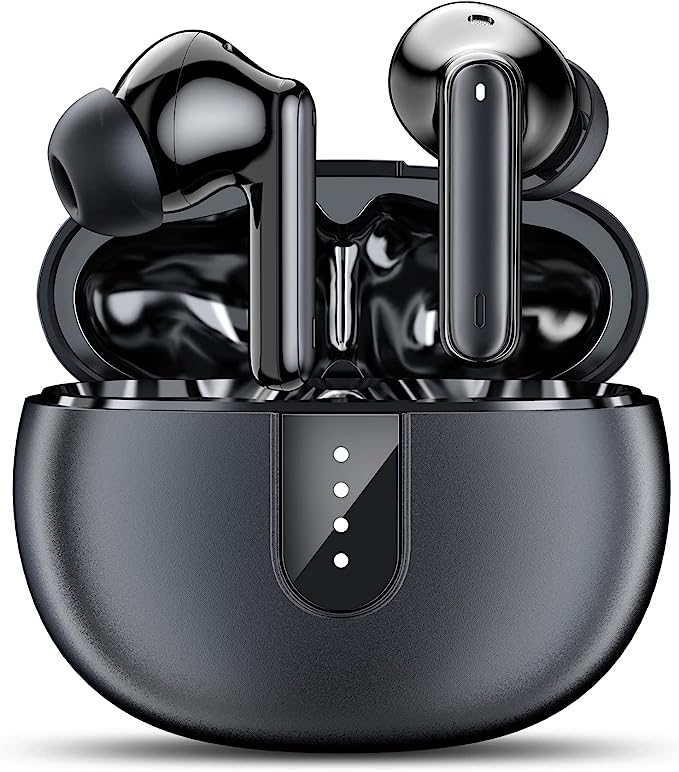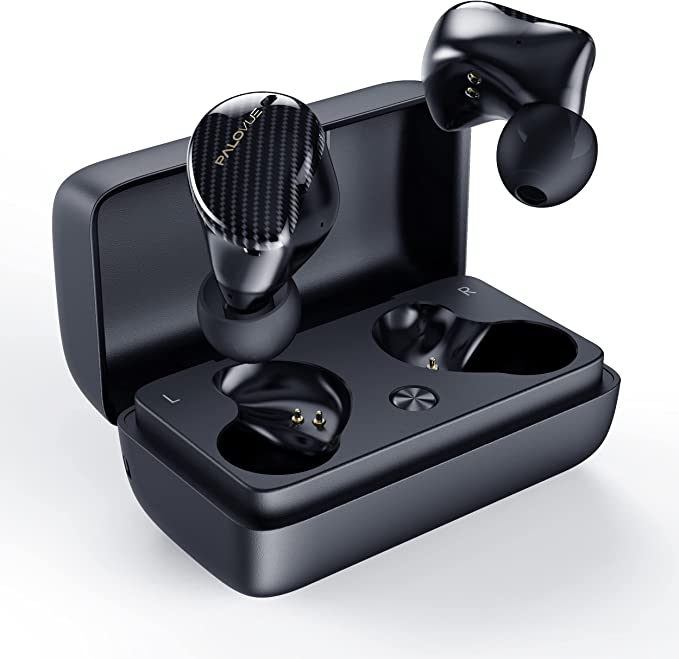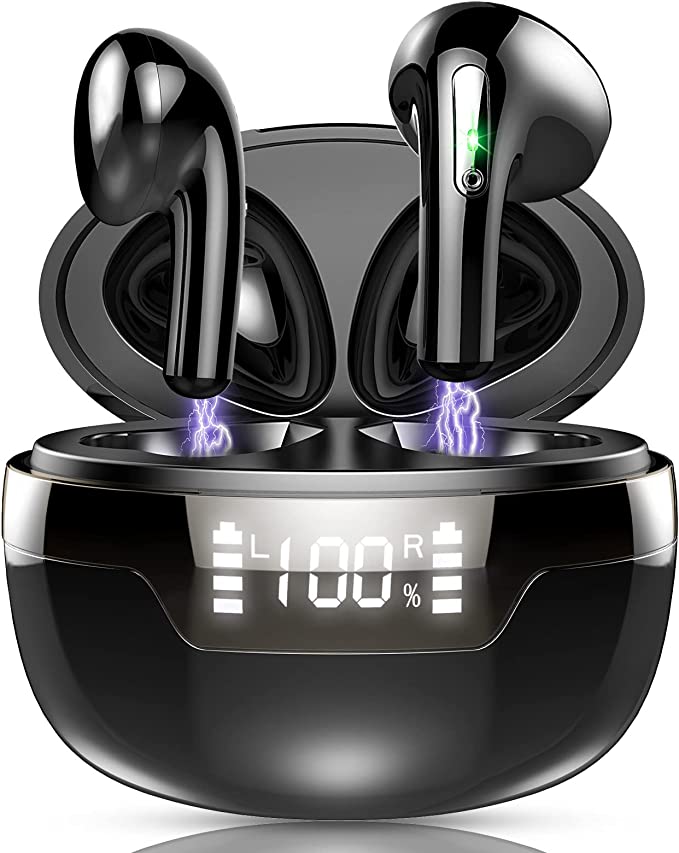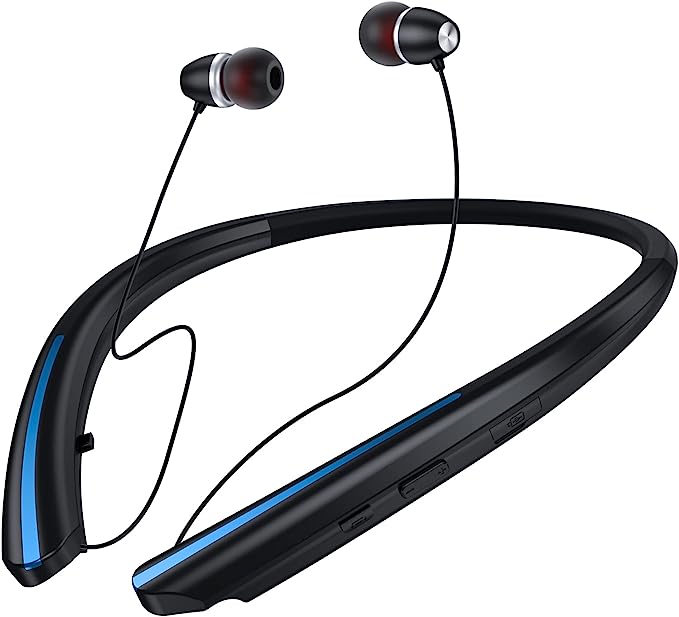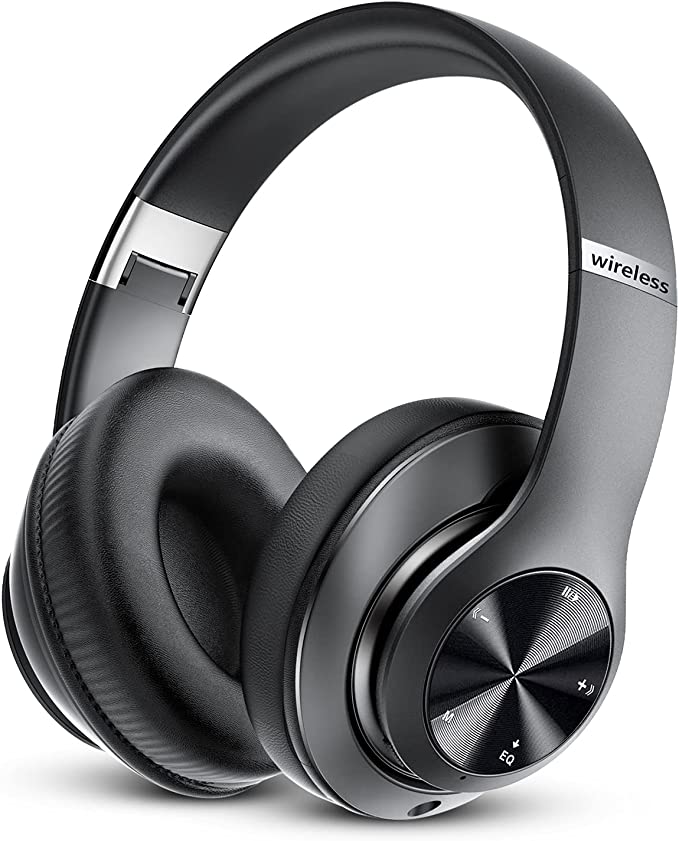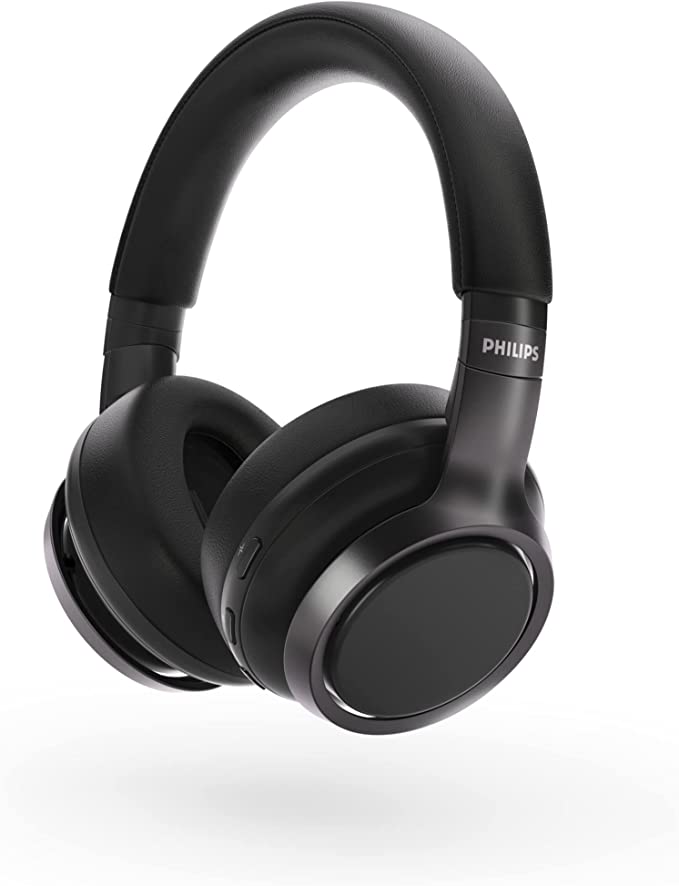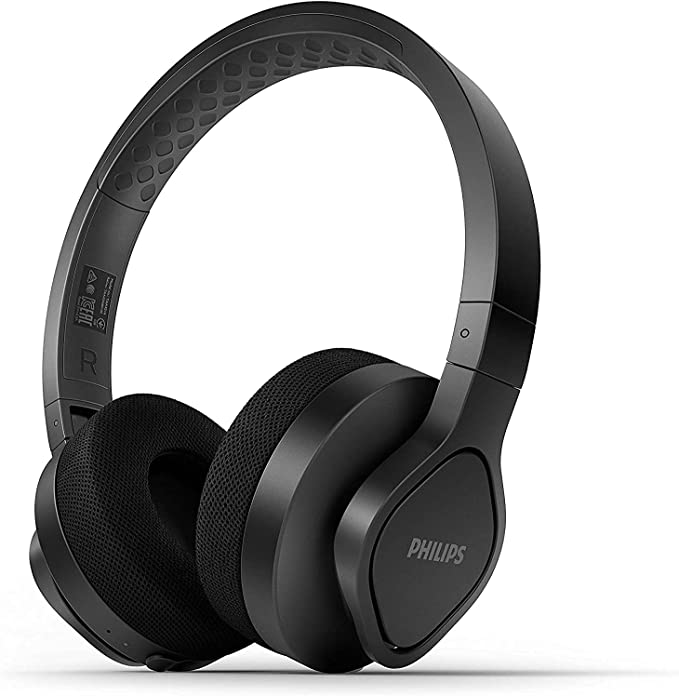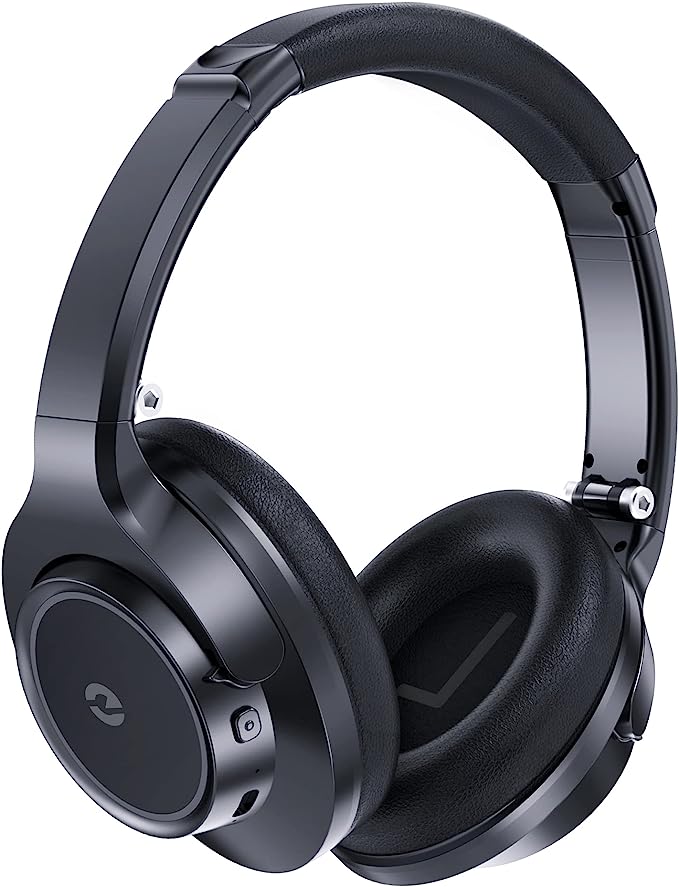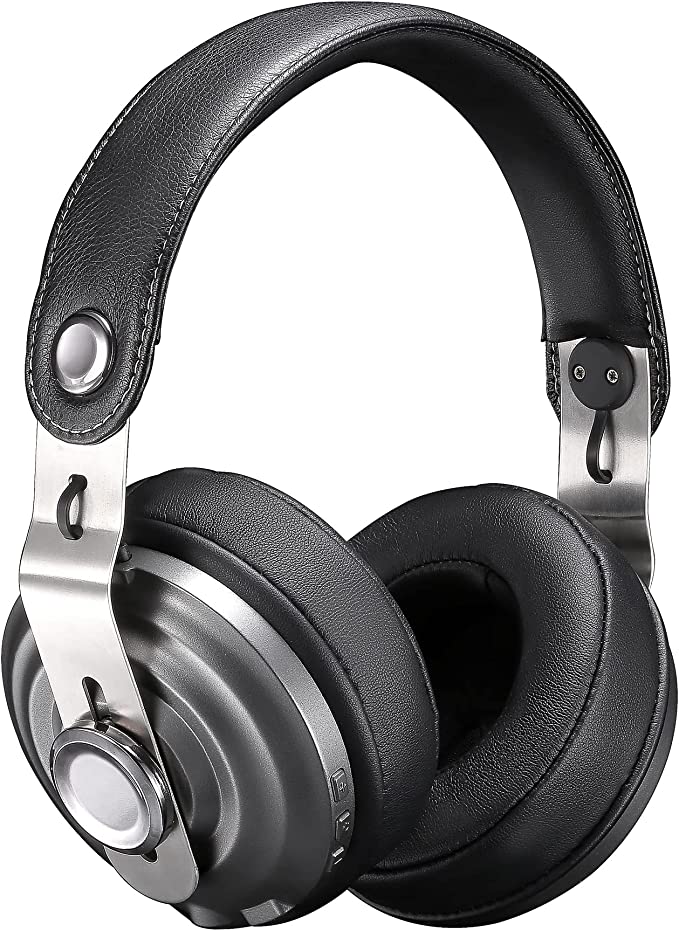Philips Fidelio L3: Mastering Sound with Advanced Noise Cancellation
Update on March 20, 2025, 8:37 a.m.
We live in a world saturated with sound. While some sounds are pleasant and even essential, much of what we hear daily is unwanted noise. From the drone of traffic and the clatter of construction to the incessant hum of office equipment, noise pollution is a pervasive and often overlooked problem. It’s more than just an annoyance; constant exposure to noise can negatively impact our concentration, productivity, sleep quality, and even our overall health, contributing to stress and anxiety.

The Symphony of Vibrations: Understanding Sound Waves
To understand how noise cancellation works, we first need to grasp the fundamentals of sound itself. Sound is, at its core, a vibration that travels through a medium, such as air, water, or solids. These vibrations create sound waves, which are essentially fluctuations in pressure. Imagine dropping a pebble into a calm pond. The impact creates ripples that spread outwards. Sound waves are similar, but instead of water, they travel through air (or other media). These waves have two key characteristics: frequency and amplitude.
Frequency refers to the number of wave cycles that pass a given point per second, measured in Hertz (Hz). It determines the pitch of the sound. A high-frequency sound, like a bird’s chirp, has many wave cycles per second. A low-frequency sound, like the rumble of a truck, has fewer cycles per second. The human ear can typically hear sounds ranging from about 20 Hz to 20,000 Hz, although this range can vary with age and individual differences.
Amplitude refers to the size of the pressure fluctuation, or the “height” of the wave. It determines the loudness of the sound. A large amplitude means a loud sound, while a small amplitude means a soft sound. We measure loudness using the decibel (dB) scale, which is a logarithmic scale. This means that a 10 dB increase represents a tenfold increase in sound intensity.

A Dance of Opposites: The Principle of Destructive Interference
Now, let’s delve into a fascinating phenomenon called wave interference. When two or more waves meet, they interact with each other. This interaction can be constructive or destructive.
Imagine two sets of ripples on our pond. If the crests (high points) of one set of ripples align perfectly with the crests of another set, they combine to create even larger ripples. This is constructive interference.
However, if the crests of one set of ripples align with the troughs (low points) of another set, they effectively cancel each other out. This is destructive interference, and it’s the key principle behind active noise cancellation. If we can create a sound wave that is the exact opposite of a noise wave – a mirror image, so to speak – the two waves will interfere destructively, significantly reducing the perceived sound.
Silence by Design: Introducing Active Noise Cancellation (ANC)
Active Noise Cancellation (ANC) technology does precisely this. It uses microphones to “listen” to the surrounding noise and sophisticated electronics to generate an “anti-noise” sound wave. This anti-noise wave is 180 degrees out of phase with the original noise wave – its peaks align with the noise wave’s troughs, and vice versa. When these two waves combine, they largely cancel each other out, resulting in a dramatic reduction in the perceived noise level. It’s like creating an acoustic “eraser” for unwanted sounds.
A Tale of Two Microphones: Feedforward, Feedback, and Hybrid ANC
There are three primary types of ANC systems:
- Feedforward ANC: This system uses microphones placed outside the ear cup to detect incoming noise. The system then generates an anti-noise signal before the noise reaches the ear. Feedforward ANC is effective at canceling out predictable, constant noises, like the drone of an airplane engine. However, it can struggle with sudden, unpredictable noises.
- Feedback ANC: This system uses microphones placed inside the ear cup, close to the ear. These microphones “listen” to the sound that actually reaches the ear, including any noise that has leaked past the ear cup’s seal. Feedback ANC is better at adapting to variations in noise and the fit of the headphones, but it can sometimes introduce its own faint noise.
- Hybrid ANC: As the name suggests, this system combines the strengths of both feedforward and feedback ANC. It uses both external and internal microphones to provide a more comprehensive and effective noise cancellation. By analyzing noise both outside and inside the ear cup, hybrid ANC can adapt to a wider range of noise sources and provide a more consistent level of noise reduction.
The Philips Fidelio L3: A Case Study in Hybrid ANC
The Philips Fidelio L3 headphones are an excellent example of hybrid ANC in action. Their “ANC Pro+” system features two microphones in each ear cup – one dedicated to feedforward and the other to feedback noise cancellation. This dual-microphone approach allows the L3 to analyze and counteract a broader spectrum of noise frequencies, from the low rumble of a bus to the higher-pitched chatter of a busy café.
The sophisticated electronics within the L3, powered by digital signal processing (DSP) chips, constantly analyze the incoming noise and generate the precise anti-noise waveforms needed for effective cancellation. This process happens in real-time, ensuring that the anti-noise signal is always accurately matched to the ever-changing soundscape.
Beyond Silence: The Quest for Pristine Audio
While noise cancellation is a remarkable feat of engineering, it’s important to remember that the ultimate goal of headphones is to deliver high-quality audio. The Fidelio L3 doesn’t just block out noise; it enhances the listening experience by allowing the subtle details of the music to shine through.
By reducing the masking effect of ambient noise, ANC allows you to hear nuances in your favorite tracks that you might otherwise miss. The subtle pluck of a guitar string, the delicate breath of a vocalist, the resonant decay of a cymbal – all these details become more apparent when the background noise is minimized.

The L3’s 40mm drivers are specifically designed to deliver a balanced and accurate sound signature. Furthermore, their certification for High-Resolution Audio indicates their ability to reproduce a wider frequency range than standard headphones, capturing the full richness and detail of high-quality audio files. The support for advanced Bluetooth codecs like AAC and aptX HD ensures that this high-fidelity sound is preserved even when listening wirelessly. These codecs minimize the data compression that can degrade audio quality during wireless transmission.

Crafted for Comfort and Durability: The Materials Science of Headphones
The listening experience is not solely about sound. Comfort is key, especially for extended use. The Fidelio L3 uses premium materials, including responsibly sourced Scottish Muirhead leather for the earcups and headband. Muirhead leather is renowned for its softness, breathability, and durability. These qualities are essential to ensure the headphones remain comfortable even during long listening sessions. The lightweight aluminum frame contributes to both the headphones’ durability and their sleek, sophisticated aesthetic. The matte dark satin finish of the ear-cup rings adds a touch of understated elegance.
A Brief History of Quiet
The pursuit to make our listening experiences more emmersive and enjoyable, is not new.
In 1978, Dr. Amar Bose, founder of Bose Corporation, experienced poor audio quality on a flight due to engine noise. This inspired him to sketch the first concepts for noise-canceling headphones. His vision was to use electronics to counteract unwanted noise, and it has helped to change how we enjoy our listening experience.
The Unseen Challenges: Limitations of ANC
While ANC technology is highly effective, it’s not a perfect solution. It works best at canceling out consistent, low-frequency noises, like the drone of an airplane engine or the hum of an air conditioner. It’s less effective at blocking out high-frequency sounds, like sharp, sudden noises or human speech. This is because high-frequency sound waves have shorter wavelengths, making them more difficult to counteract with precisely timed anti-noise.
Think of it like trying to catch a fast-moving ball versus a slow-moving one. The slow ball (low-frequency sound) is easier to intercept and “cancel out.” The fast ball (high-frequency sound) is much harder to catch.

The Future is Quiet (and Smart):
The future of ANC technology is exciting. Researchers and engineers are constantly working to improve noise cancellation performance, particularly in challenging environments. One promising area of development is the use of artificial intelligence (AI) and machine learning. AI-powered ANC systems could potentially “learn” to recognize and adapt to different types of noise more effectively, providing a more personalized and dynamic noise cancellation experience. Imagine headphones that can automatically adjust their ANC settings based on your location, activity, or even the specific sounds around you.

Conclusion: Embracing the Power of Silence
In a world increasingly filled with distractions, the ability to create moments of quiet and focus is invaluable. Active noise cancellation technology, as exemplified by the Philips Fidelio L3 headphones, offers a powerful tool for reclaiming our sonic environment. By understanding the science behind sound and the ingenious engineering that makes ANC possible, we can appreciate the profound impact this technology has on our ability to work, relax, and enjoy the beauty of music. It’s not just about blocking out noise; it’s about enhancing our connection to sound and creating a space for tranquility in a chaotic world.
